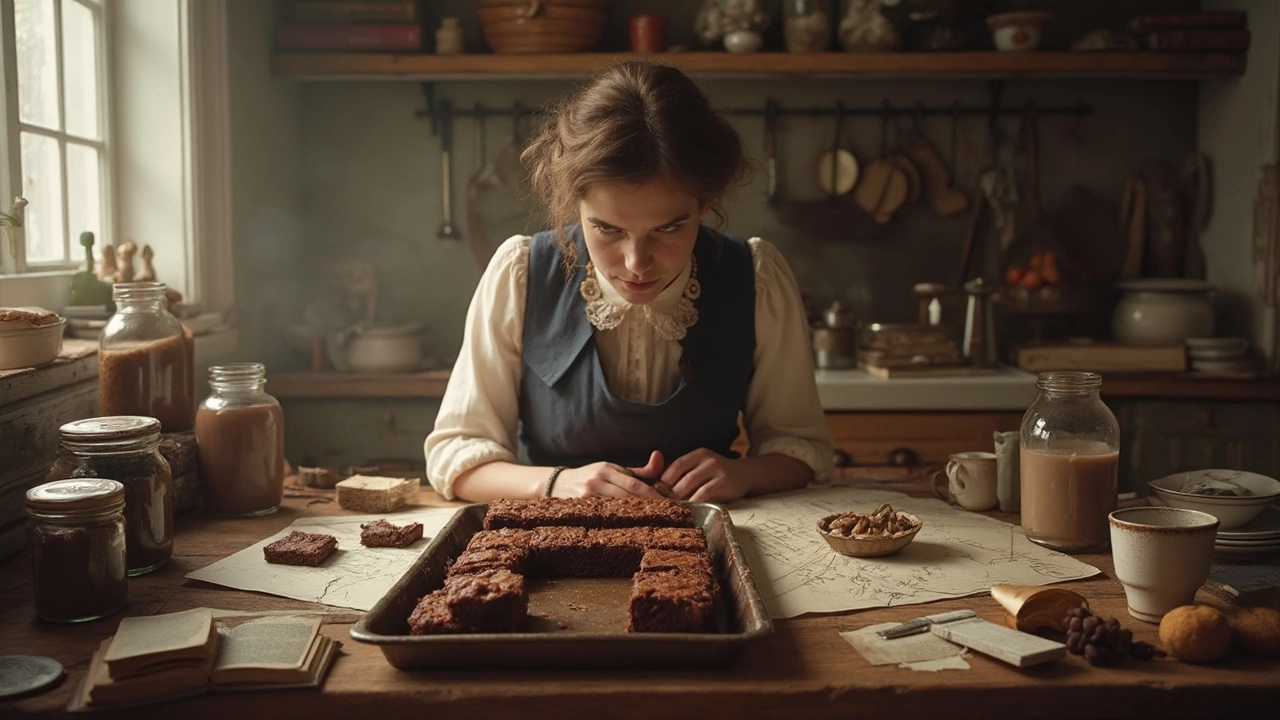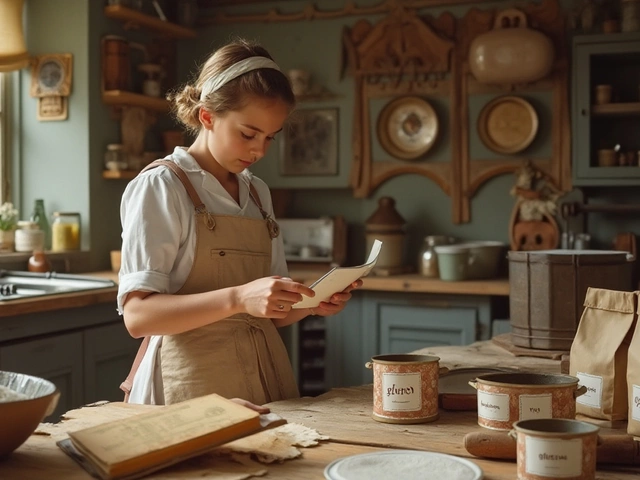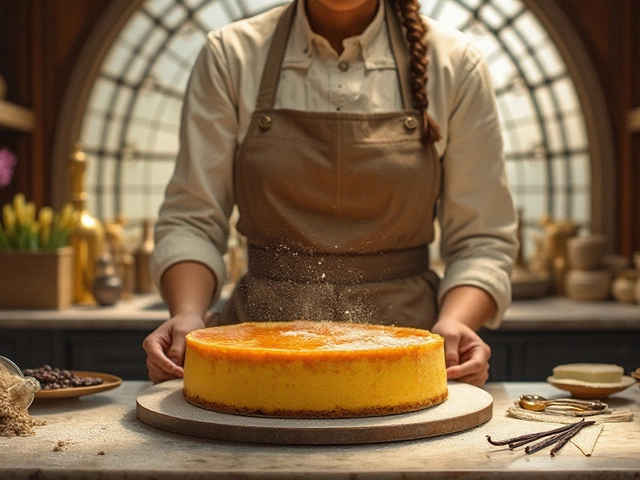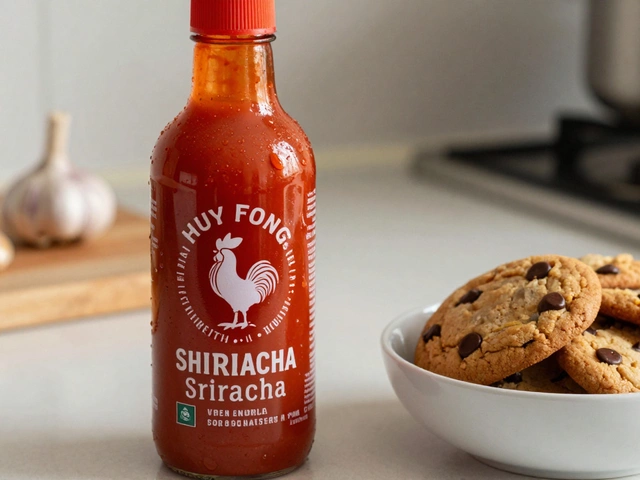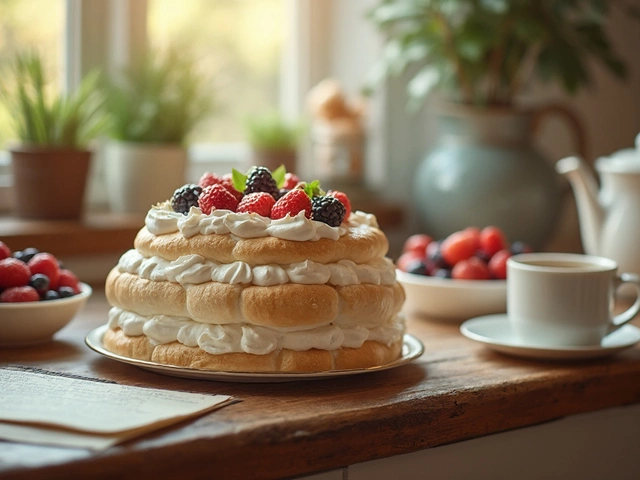Brownie Origin: The Sweet Story Behind the Classic Chocolate Bar
Ever wondered how the brownie got on your plate? It started as a simple kitchen experiment in the United States, and today it’s a global favorite. Knowing the back‑story helps you appreciate every bite, whether you like them fudgy or cakey.
Early Beginnings
The first printed brownie recipe appeared in 1897 in the Boston Cooking School Cookbook by Fannie Farmer. It was a dense, chocolate‑flavored bar that resembled a cross between a cake and a cookie. At that time, chocolate was becoming more affordable, so home bakers began adding it to everyday desserts. The name “brownie” likely came from the dark brown color of the finished treat, though some say it was named after a popular Girl‑Scouts badge.
Before the Boston recipe, there were similar treats called “brown cakes” or “chocolate squares” in the Midwest. These early versions used melted chocolate, butter, sugar, and flour—ingredients that are still the basis of most brownie recipes today. The simplicity made them a hit at weekend gatherings and church bake sales.
Modern Evolution
In the 20th century, brownies split into two main camps: fudgy and cakey. The fudgy style comes from using more chocolate and less flour, while the cakey version adds a leavening agent like baking powder. Both styles trace back to that original 1897 recipe, just with slight tweaks.
During the 1960s, brownies became a staple of American lunchboxes and school cafeterias. Their easy prep and portable size made them perfect for kids. Pop culture also gave them a boost—movies and TV shows often featured a warm, gooey brownie as a comforting treat.
Today, you’ll find brownies infused with everything from caramel to espresso, and even vegan versions made with avocado or beans. Yet the core idea stays the same: a quick, chocolate‑rich dessert that anyone can make at home.
If you want to try a classic version, mix melted chocolate, butter, sugar, eggs, flour, and a pinch of salt. Bake at 350°F for about 20‑25 minutes, and you’ll have a slice of history on your plate.
Understanding the brownie’s origin shows how a modest kitchen creation grew into a worldwide favorite. Next time you bite into a brownie, think of the late‑1800s cooks who first stirred that batter and imagine the many variations that followed.
